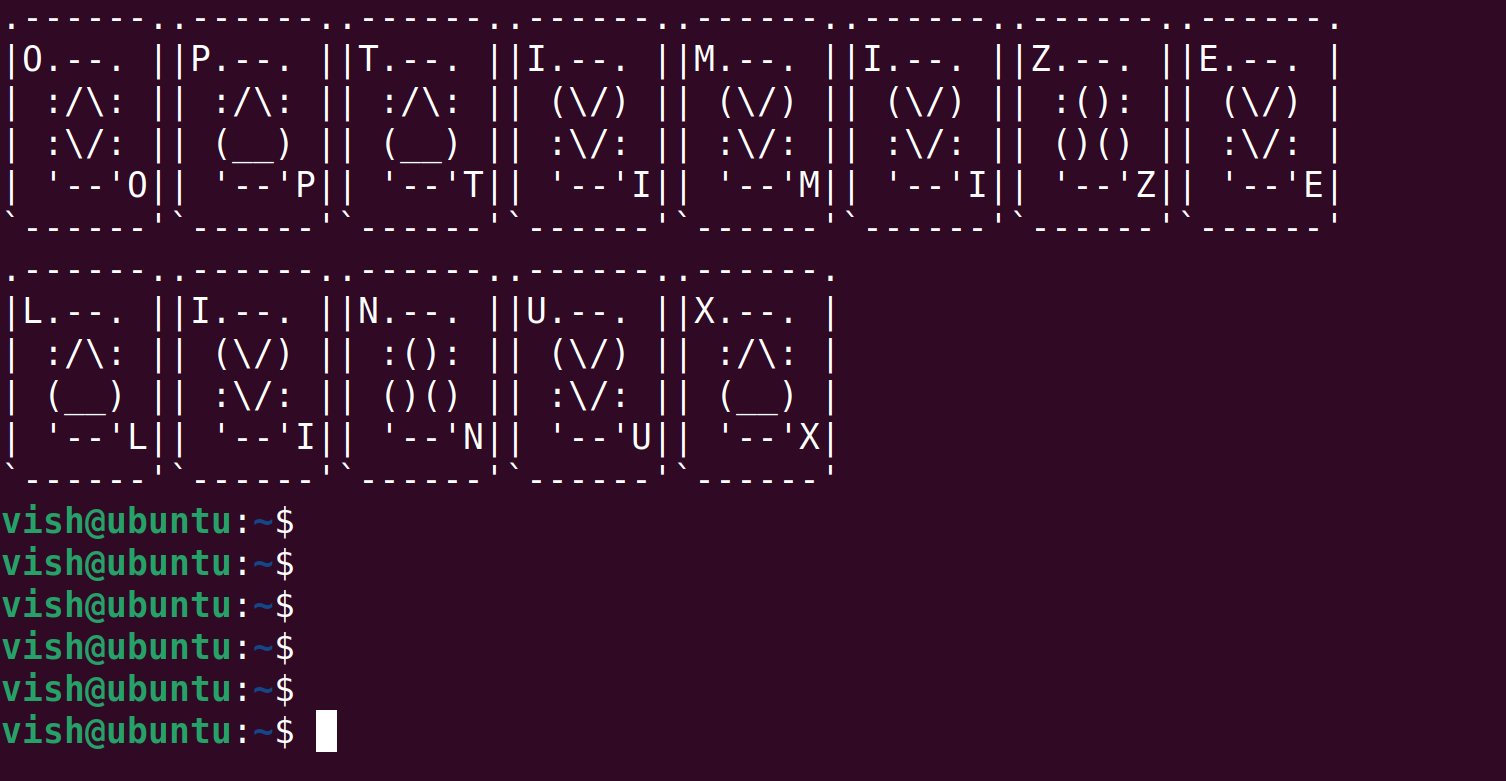How to Optimize Your Linux System for Performance

Linux is a popular and powerful operating system, known for its stability, flexibility and performance. However, like any other operating system, Linux can also become slow and unresponsive, especially if it has been running for a long time or if it has too many applications running simultaneously.
Monitor system resources
The first step in optimizing your Linux system for performance is to monitor its resources. The most important resources to monitor are CPU, memory, and disk usage. You can use the top command to monitor CPU usage, the free command to monitor memory usage, and the df command to monitor disk usage. By monitoring these resources, you can identify which applications or processes are consuming the most resources and take appropriate action to optimize their usage.
Kill unnecessary processes
One of the most common reasons for poor system performance is having too many unnecessary processes running. To find and stop unnecessary processes, you can use the ps command to list all running processes, and the kill command to stop them. Additionally, you can use the htop command to see the running processes in a more user-friendly way and also to stop them.
Clear cache
Cache is a form of memory that stores frequently-used data for quick access. Over time, cache can become filled with unnecessary data, which can slow down your system. To clear the cache, you can use the sync command, which writes all data in cache to disk, and the echo command, which clears the cache.
Remove unnecessary packages
Over time, you may have installed many packages that you no longer need. These packages can take up valuable disk space and slow down your system. To remove unnecessary packages, you can use the apt-get command on Debian-based systems or the yum command on Red Hat-based systems.
Adjust swappiness
Swappiness is a Linux kernel parameter that controls the balance between swapping out runtime memory to disk and using the available physical memory. A high swappiness value means that the kernel will swap out memory to disk more aggressively, which can cause poor performance. A low swappiness value means that the kernel will use physical memory more aggressively, which can improve performance. To adjust the swappiness value, you can use the sysctl command.
Use a lightweight window manager
A window manager is a program that controls the appearance and behavior of windows on your desktop. Some window managers are more lightweight than others, which means they consume fewer resources and run faster. Some popular lightweight window managers include Xfce, LXDE, and Openbox.
Disable unnecessary services
Services are programs that run in the background and provide various functions, such as printing or network services. Some services are not necessary for the normal operation of your system, and disabling them can improve performance. To disable unnecessary services, you can use the service command on Debian-based systems or the systemctl command on Red Hat-based systems.
Use a solid-state drive
A solid-state drive (SSD) is a type of storage device that uses flash memory to store data. SSDs are faster and more reliable than traditional hard disk drives (HDDs), which can improve system performance. If you are using an HDD, consider upgrading to an SSD to improve performance.
Use a lightweight web browser
Web browsers are resource-intensive applications that can slow down your system if they are not optimized. To improve performance, use a lightweight web browser such as Google Chrome, Firefox, or Brave. These browsers are designed to use fewer resources and run faster than other browsers.
Keep Your System Up-to-Date
One of the most important things you can do to keep your Linux system running smoothly is to keep it up-to-date. This means regularly checking for and installing updates for your operating system and installed software. These updates often include bug fixes and performance improvements that can help keep your system running at its best.
Use a Lightweight Desktop Environment
The desktop environment you choose can have a big impact on the performance of your Linux system. If you’re looking to optimize your system for performance, consider using a lightweight desktop environment.
In conclusion, there are many ways to optimize your Linux system for performance. From keeping your system up-to-date and using a lightweight desktop environment to managing startup apps and services, and using system monitoring tools. By following these tips, you can ensure that your Linux system is running at its best. Remember, however, that every system is different, and that what works for one person may not work for another, so be sure to test different methods and find what works best for you.





